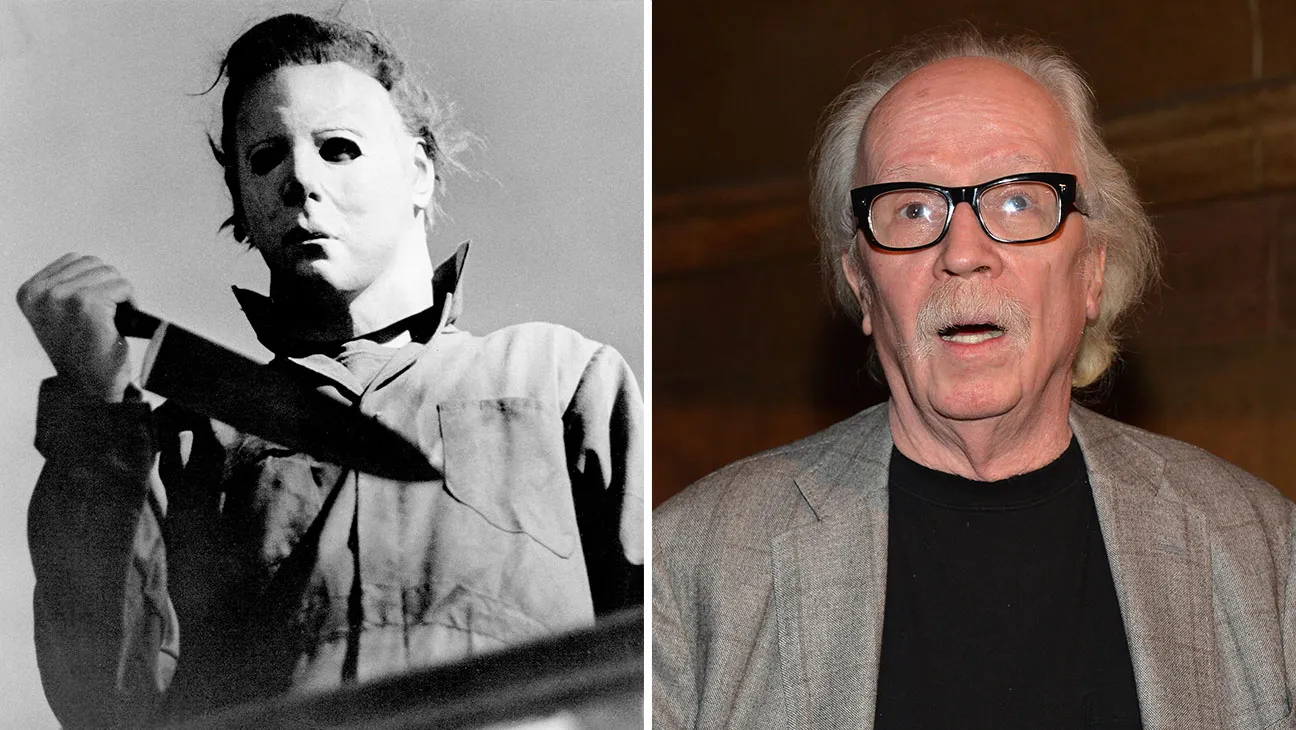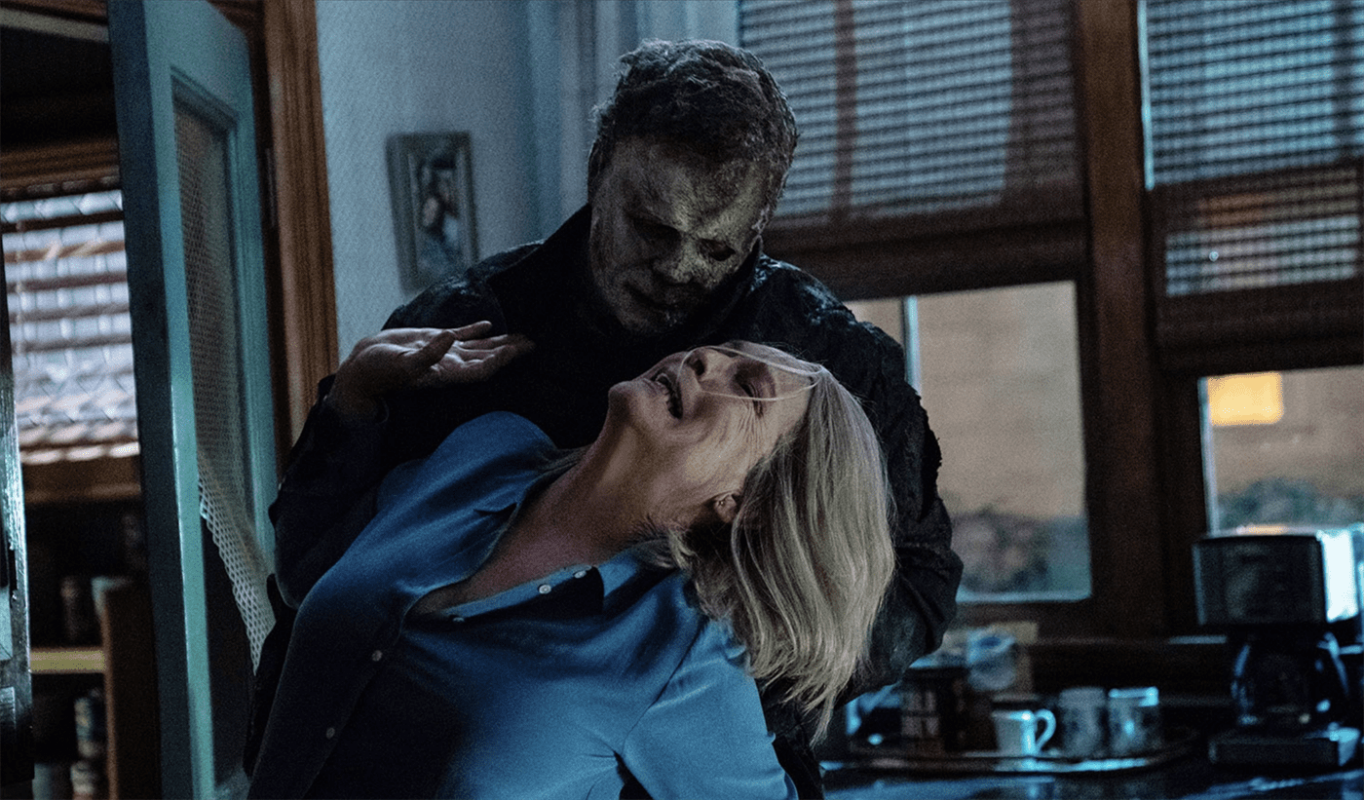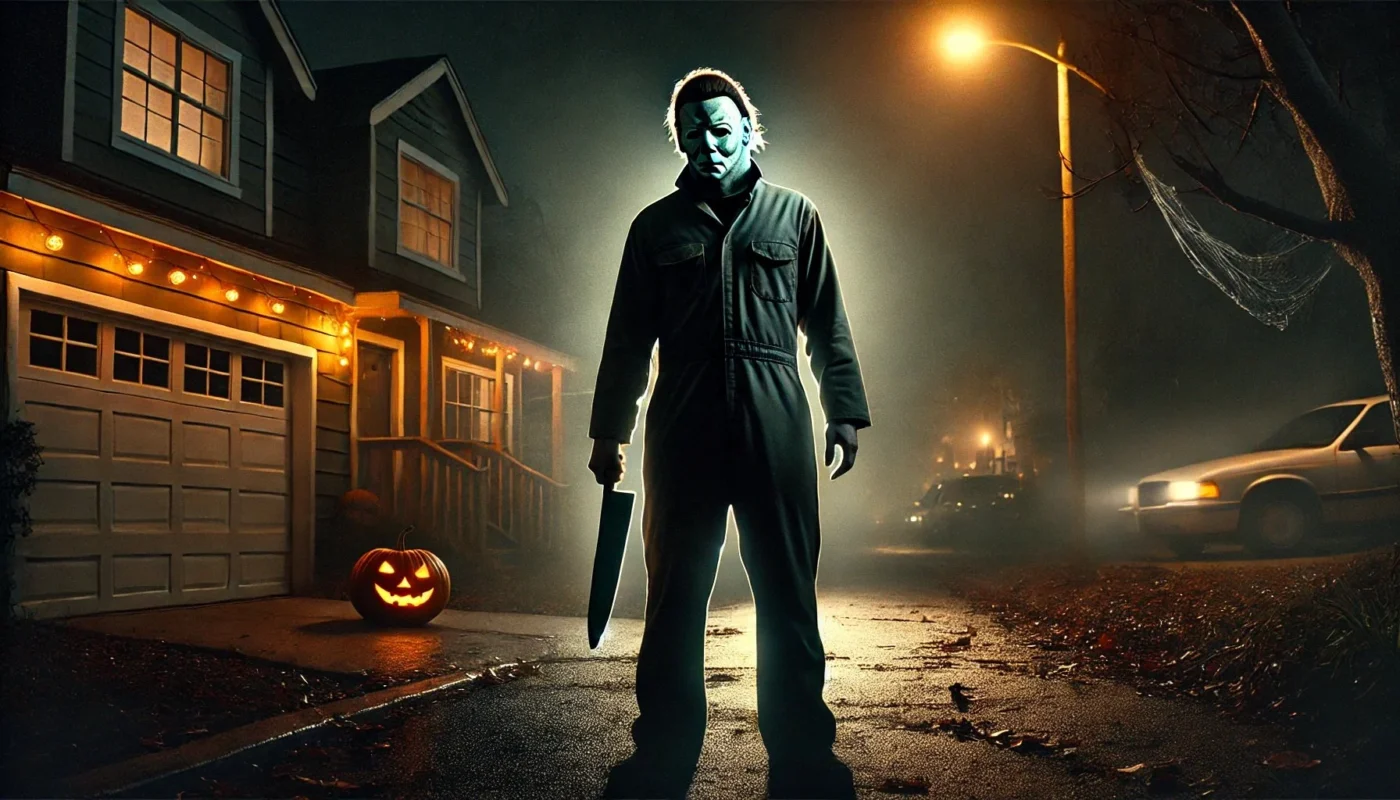SPORT & LIFESTYLE NEWS
Who is Michael Myers Based On?
Michael Myers, the infamous masked killer from the “Halloween” franchise, has become a staple of horror cinema. With his signature white mask, relentless pursuit, and enigmatic presence, Myers has left an indelible mark on the genre. But “Who is Michael Myers Based On?” Find the answer with AlibayTrendy Store in the article below now.
Who is Michael Myers Based On?

Michael Myers first emerged in John Carpenter’s 1978 classic film “Halloween,” a defining moment in the horror genre. Carpenter, working alongside co-writer Debra Hill, envisioned Myers as a profoundly unsettling figure with a chillingly simple yet terrifying backstory. Their goal was to craft a character that would resonate with viewers on a deep, psychological level, drawing them into a narrative of fear and suspense. Michael Myers was conceived as a manifestation of pure evil, designed to be both familiar and otherworldly, reflecting the darkest aspects of human terror.
The character’s iconic white mask, which was in fact a modified Captain Kirk mask from “Star Trek,” was chosen for its eerily emotionless quality, enhancing the sense of anonymity and terror. Myers’s behavior and demeanor were carefully crafted to evoke a sense of relentless pursuit and inexplicable malevolence, contributing to his status as one of horror’s most memorable villains.
While Michael Myers is a fictional creation, his character was influenced by real-life sources of horror and psychological fear. Carpenter and Hill drew inspiration from various real-life figures and events, blending these influences into a composite of horror that felt both hauntingly authentic and disturbingly fictional. This synthesis of real-life fears and cinematic imagination helped shape Myers into a character who continues to captivate and unsettle audiences, cementing his place as a central figure in horror history.
Real-Life Inspiration: A Composite of Fear
Michael Myers wasn’t directly based on a real person, but his creation drew from various sources of horror and psychological fear. Carpenter and Hill sought to develop a character that would embody the concept of pure evil, something that felt both familiar and unnervingly alien. Here are a few key elements that influenced Myers:
The Shape of Evil:
John Carpenter, the visionary behind “Halloween,” referred to Michael Myers as “The Shape,” a term that captures the essence of the character’s terrifying presence. Carpenter’s intention with Myers was to transcend the limitations of a typical human antagonist and instead create a villain who embodies a more abstract and profound form of evil. By labeling Myers as “The Shape,” Carpenter emphasized that the character is not merely a man with a murderous intent, but rather an enigmatic and unsettling force that defies easy categorization.

The Mask:
One of the most iconic elements of Michael Myers’s appearance is his distinctive white mask, which has become synonymous with the character’s chilling persona. The mask itself has an intriguing origin story; it is actually a modified version of a Captain Kirk mask from the original “Star Trek” television series. This particular mask was chosen for its unnervingly blank and expressionless face, which played a crucial role in shaping Myers’s unsettling presence on screen.

The decision to use a modified Captain Kirk mask was both a practical and artistic choice. The mask’s original purpose was far removed from its role in “Halloween.” However, its stark, emotionless features perfectly complemented Carpenter’s vision of Myers as a figure of pure, impersonal terror. By stripping away any signs of individuality or emotional expression, the mask transformed Myers from a potentially relatable human character into an enigmatic and fearsome entity.
The mask’s blank, white visage serves to obscure Myers’s true identity, making him a faceless and mysterious force of evil. This deliberate choice enhances the sense of alienation and dread that the character evokes. The lack of any distinguishing features or emotional cues makes it difficult for audiences to grasp what drives Myers, adding to the character’s menacing aura. The impersonal nature of the mask reinforces the idea that Myers is not just a man with a murderous intent but an embodiment of a more abstract and chilling concept of evil.
In essence, the mask is not just a costume piece but a critical component of Myers’s identity, contributing significantly to his role as an enduring symbol of horror. It emphasizes the character’s role as a relentless and enigmatic force, creating a sense of fear that is both profound and timeless.
Real-Life Influences:
Although Michael Myers is not modeled after a specific real-life individual, his character was shaped by a blend of psychological studies and horror archetypes that draw from real-world influences. The creation of Myers was influenced by the broader landscape of real-life horror and criminal psychology, which provided a foundation for the character’s chilling persona.

One notable real-life figure who influenced the creation of Michael Myers is Ed Gein, a notorious serial killer whose crimes and disturbing behavior left an indelible mark on the cultural imagination. Gein’s gruesome acts and unsettling demeanor contributed to the broader horror narrative that filmmakers and writers of the time were exploring. Gein’s crimes, including the creation of macabre artifacts from human remains and his deeply unsettling psychological profile, provided a source of inspiration for the archetypal “madman” in horror fiction.
However, it is important to clarify that Michael Myers is not a direct depiction of Ed Gein. Instead, Myers represents a more generalized synthesis of various fears and influences. The character was designed to embody a form of evil that is both abstract and universal, rather than a specific individual with a documented history. By drawing on the unsettling aspects of real-life criminal cases and psychological studies, Carpenter and Hill created a character who personifies a broader sense of dread and malevolence.
Myers’s character also reflects the themes of horror archetypes that were prevalent in the genre at the time. These archetypes often included the “silent killer” or the “unstoppable force,” which were used to evoke a deep sense of fear and suspense. Michael Myers combines these elements with a carefully crafted backstory and an aura of mystery, resulting in a character who transcends any single real-life influence.
